The Blue Jay: Nature’s Brilliant Blue Jewel
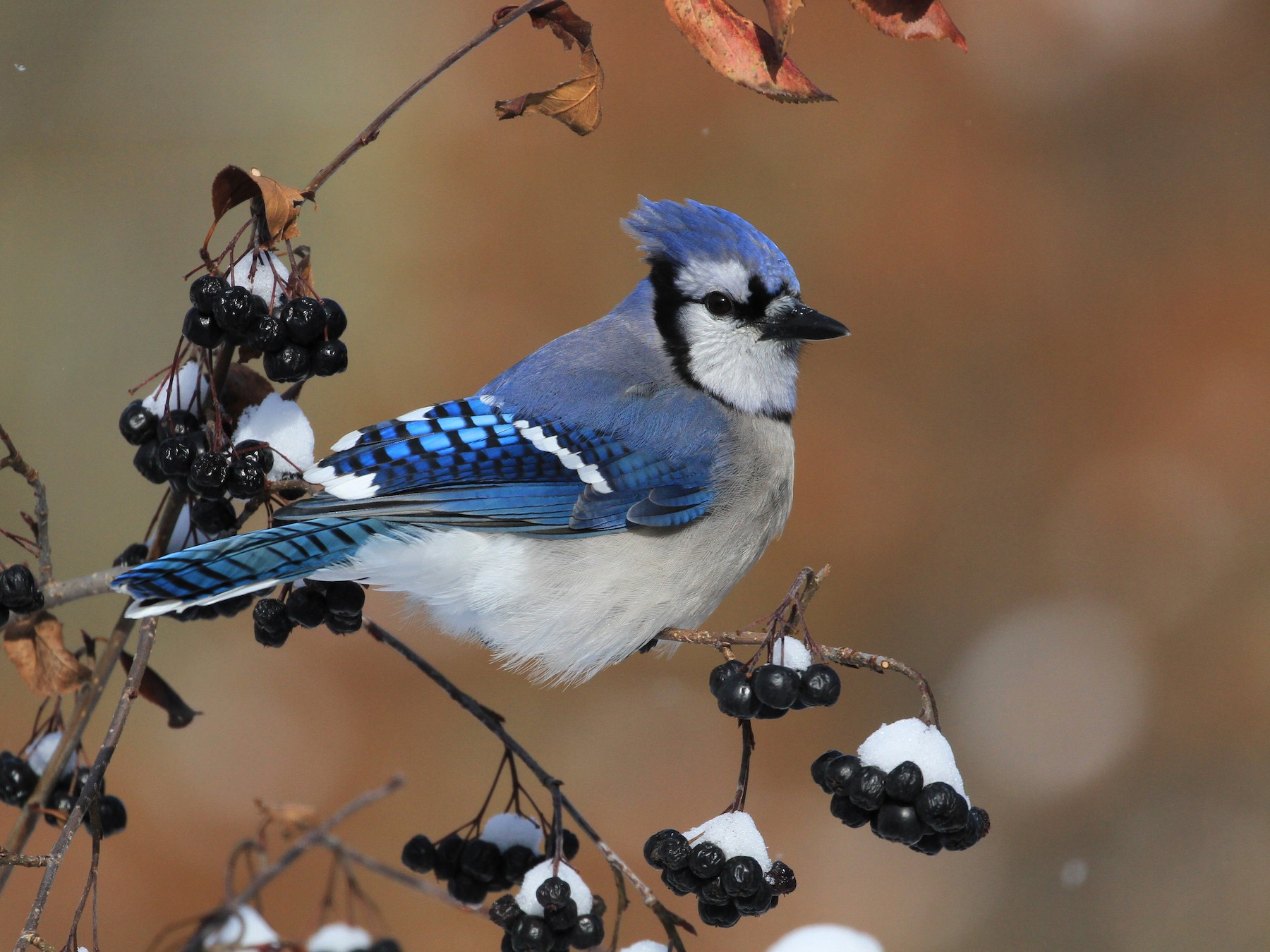
The Blue Jay, scientifically known as Cyanocitta cristata, is a bird that dazzles with its vibrant blue plumage, making it a true gem in the natural world. Known for its striking colors and charismatic presence, the Blue Jay is a cherished species that captivates the hearts of bird enthusiasts and nature lovers alike.
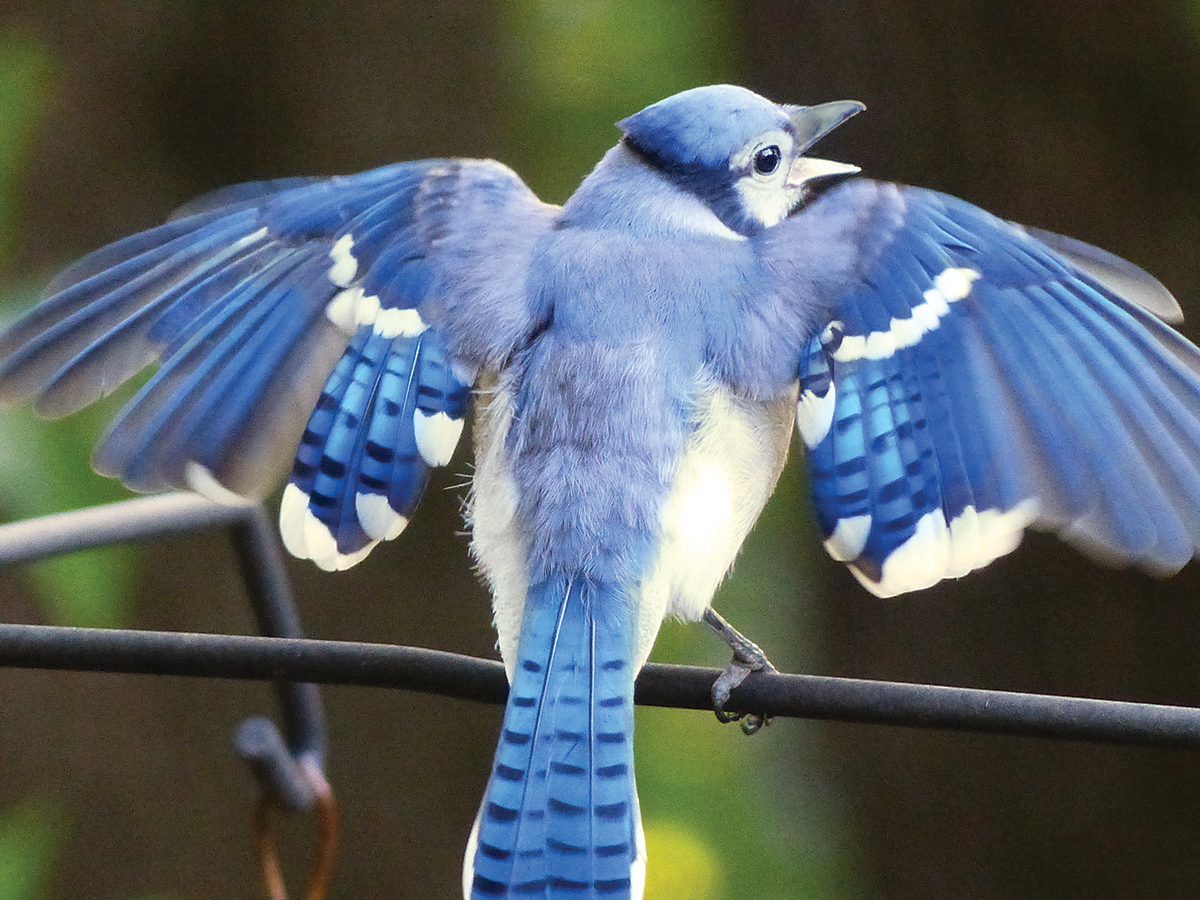
Native to North America, the Blue Jay is a medium-sized songbird that inhabits forests, woodlands, and urban areas across the continent. Its most prominent feature is its brilliant blue feathers, which adorn its crest, wings, and tail. The deep azure hue, intricately patterned with black and white markings, creates a mesmerizing display of nature’s artistry.
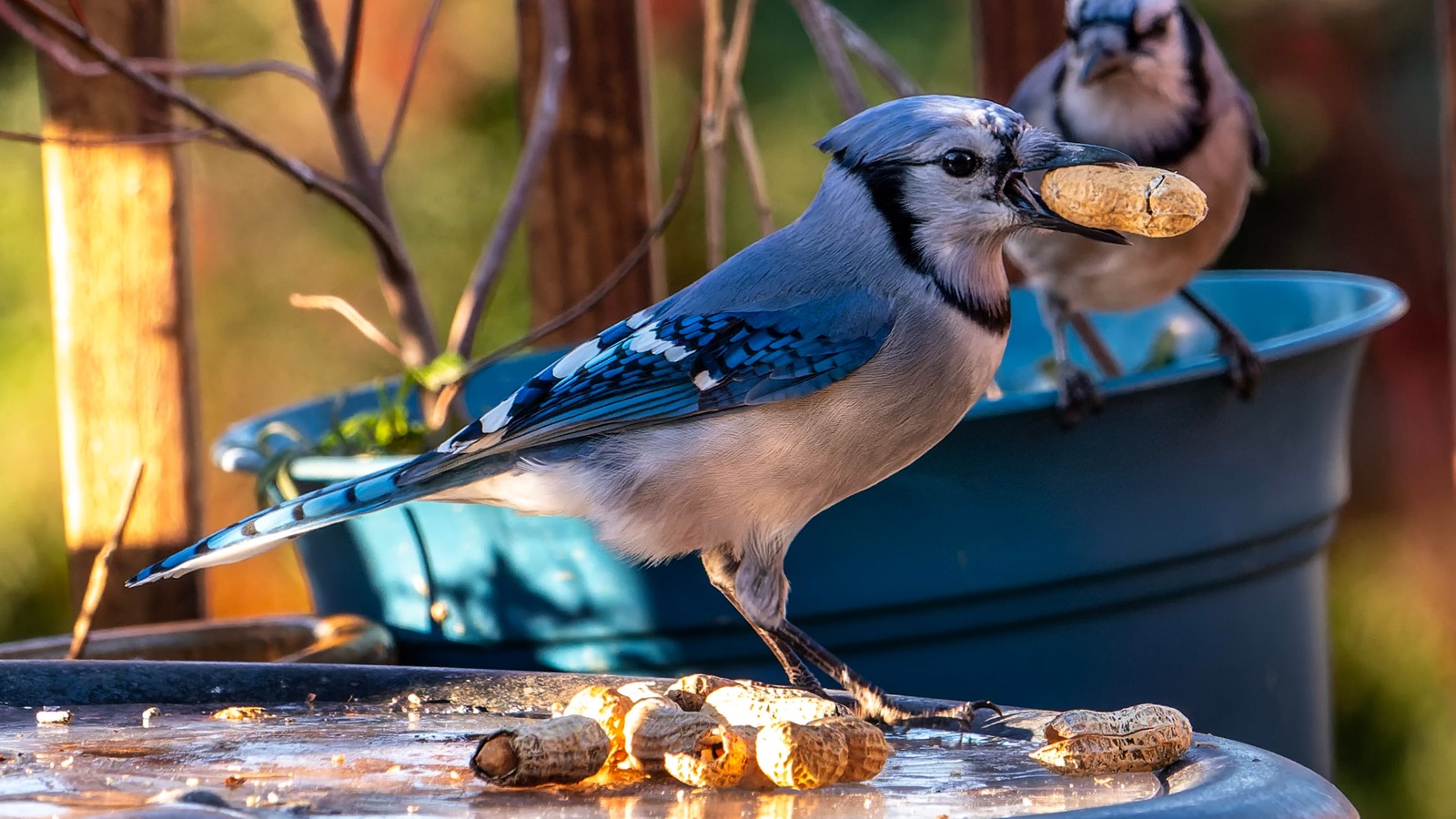
Beyond its captivating appearance, the Blue Jay possesses a lively and intelligent nature. With its distinctive “jay-jay” calls and an impressive repertoire of vocalizations, it communicates with fellow Blue Jays and other bird species in its surroundings. Its sharp wit and keen observational skills have earned it a reputation for being an excellent mimic, imitating the sounds of other birds, animals, and even human voices.
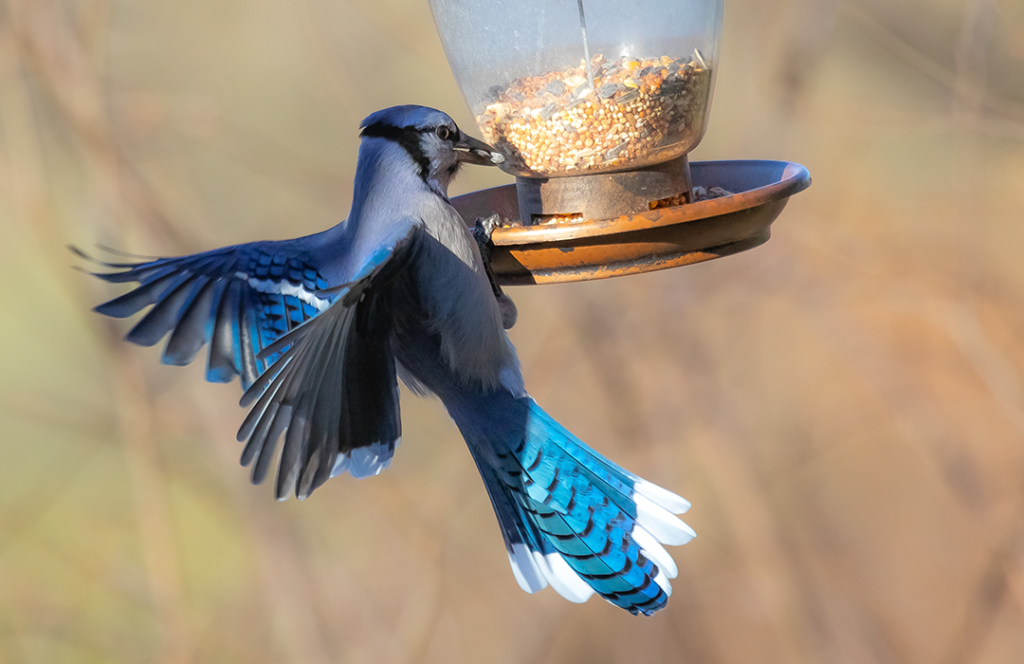
Blue Jays are also known for their acrobatic flight and agile movements. They effortlessly maneuver through dense vegetation, showcasing their adaptability and agility. They are skilled foragers, feeding on a diverse diet that includes seeds, nuts, insects, fruits, and even small vertebrates. Their role as seed dispersers contributes to the regeneration of forests and the balance of ecosystems.
While the Blue Jay is admired for its beauty, it also plays a vital ecological role. Its territorial nature and loud vocalizations help alert other birds and animals to potential threats, serving as a natural alarm system. It may also engage in mobbing behavior, gathering with other birds to deter predators and protect their nests and young.

Blue Jays are known for their remarkable intelligence and ability to cache food. They have been observed remembering the locations of hundreds of food caches, showing impressive spatial memory skills. These caching behaviors are essential for their survival during winter when food is scarce.
In addition to their ecological significance, Blue Jays have become beloved visitors to many backyards and parks. Their presence brings joy and excitement to birdwatchers who eagerly provide them with food and water. Blue Jays also have a distinct personality, displaying curiosity and a touch of mischief, as they interact with their surroundings and each other.
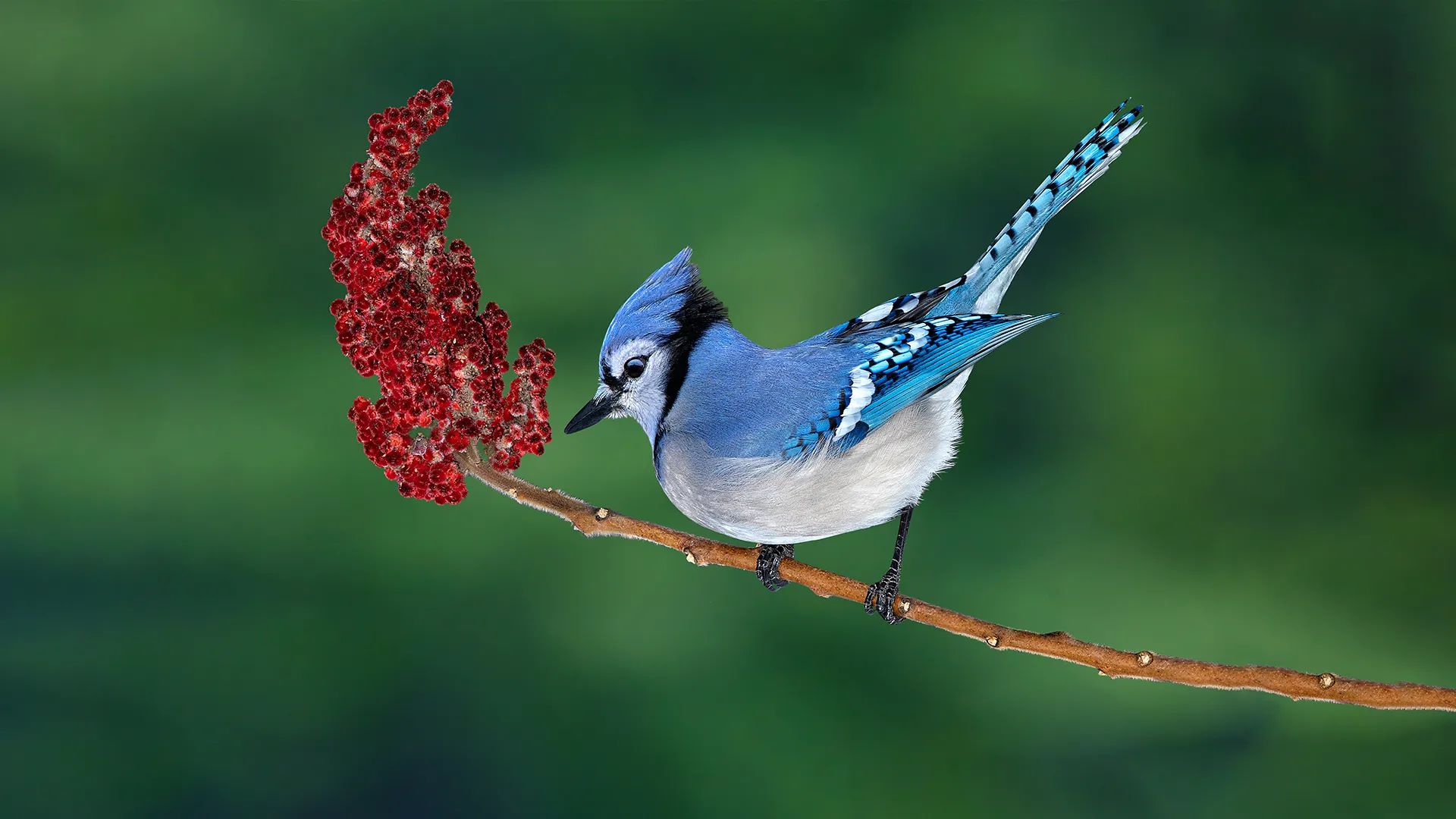
The Blue Jay’s population remains stable, thanks to its adaptability to various habitats. However, habitat loss, urbanization, and collisions with windows are ongoing threats that require continued conservation efforts. Planting native trees and shrubs, creating bird-friendly landscapes, and reducing window collisions are crucial steps to ensure their future survival.
In conclusion, the Blue Jay stands as nature’s brilliant blue jewel, captivating observers with its vibrant plumage and engaging behavior. Its intelligence, vocal abilities, and adaptability make it a true symbol of nature’s wonders. Let us cherish and protect this magnificent bird, ensuring that future generations can continue to appreciate the Blue Jay’s presence as a vibrant and cherished inhabitant of our natural landscapes.



